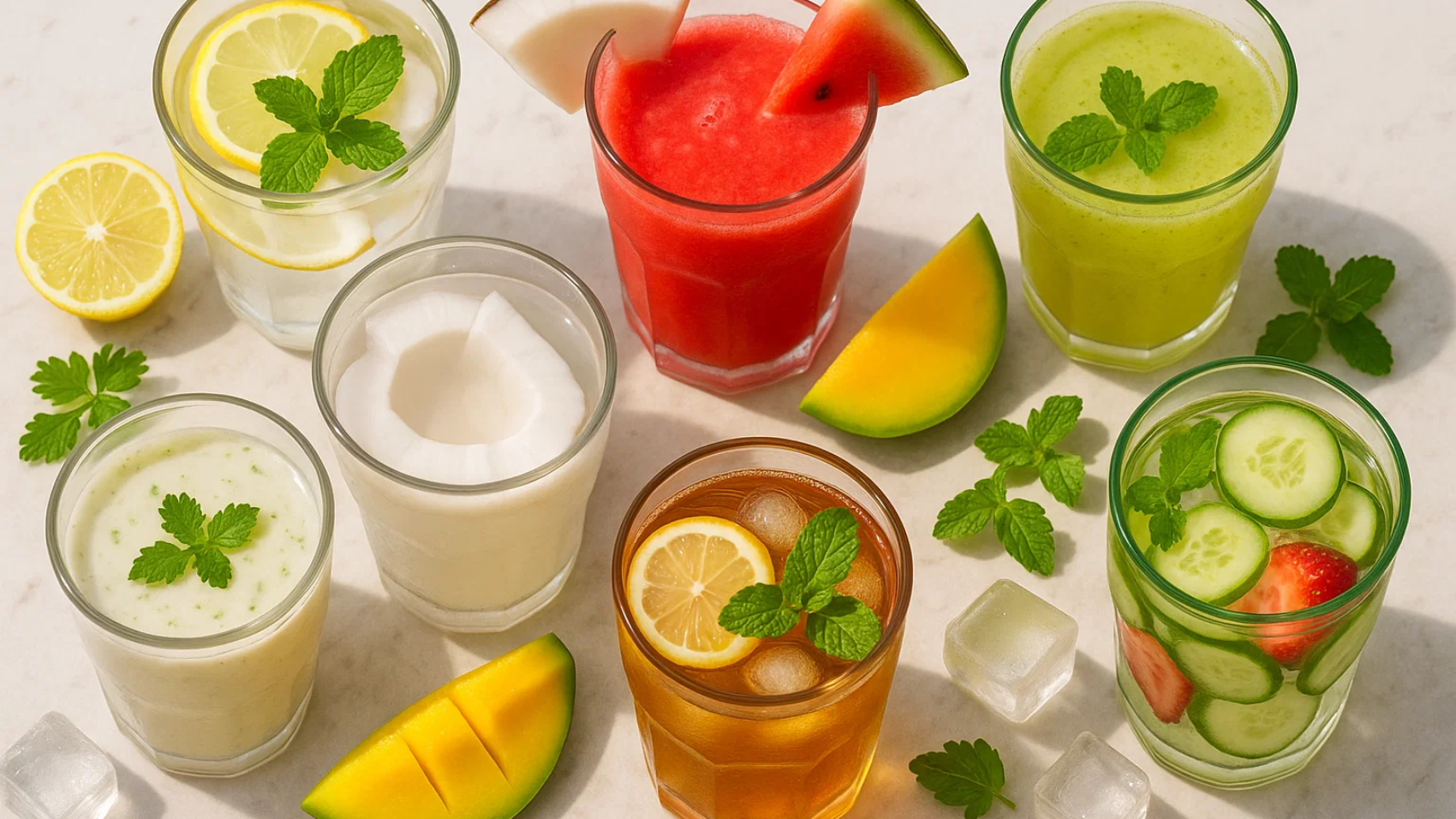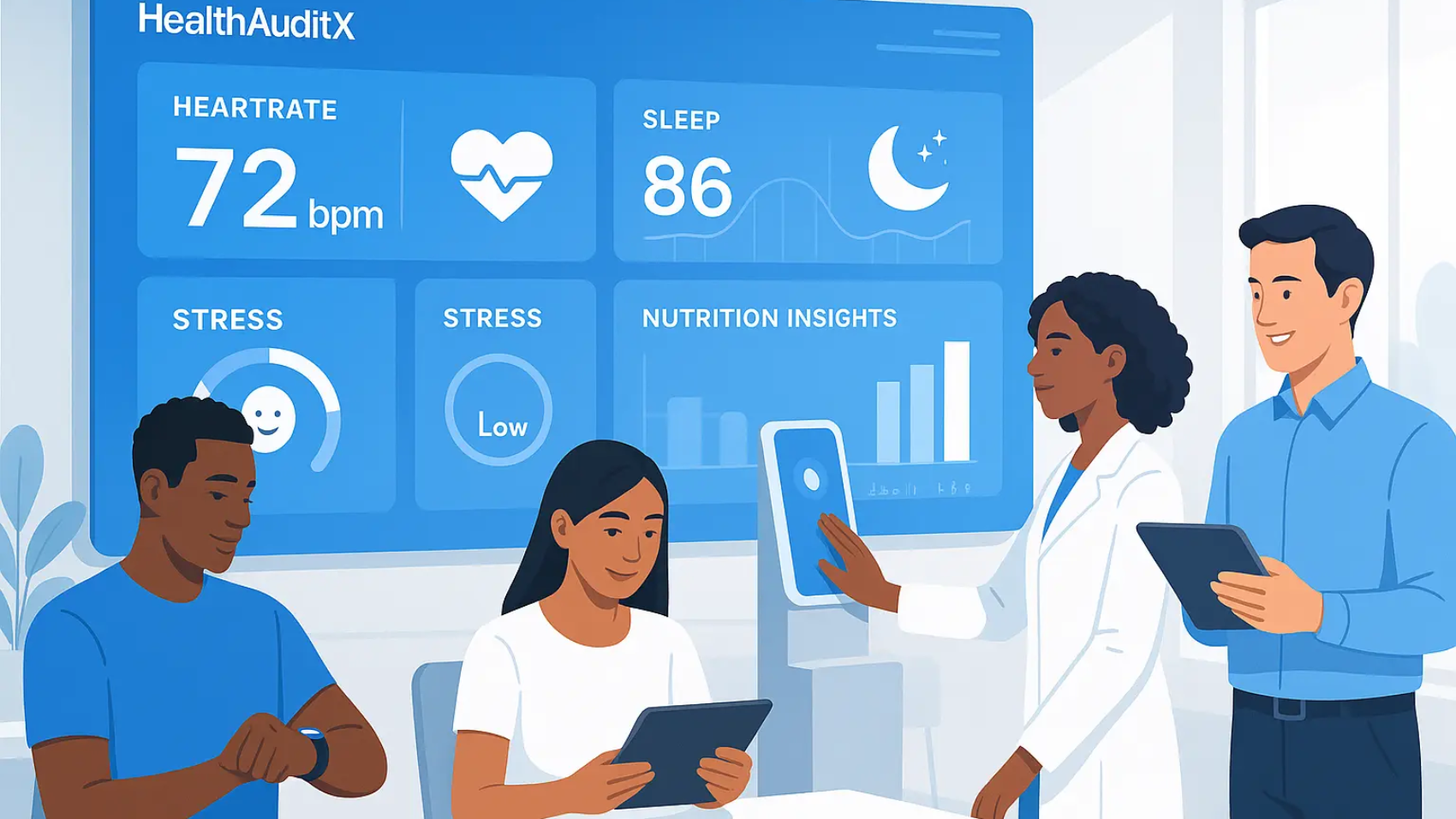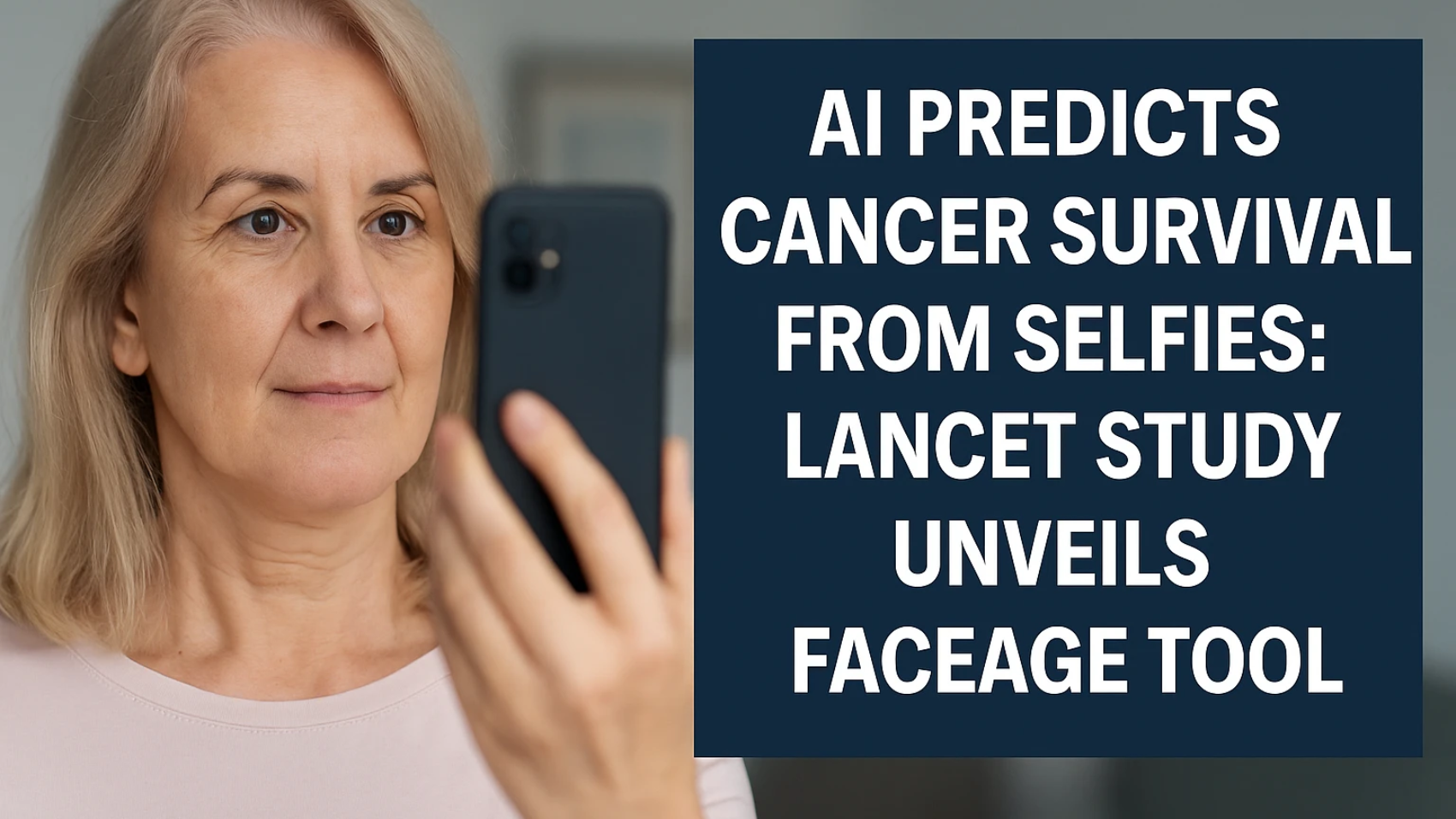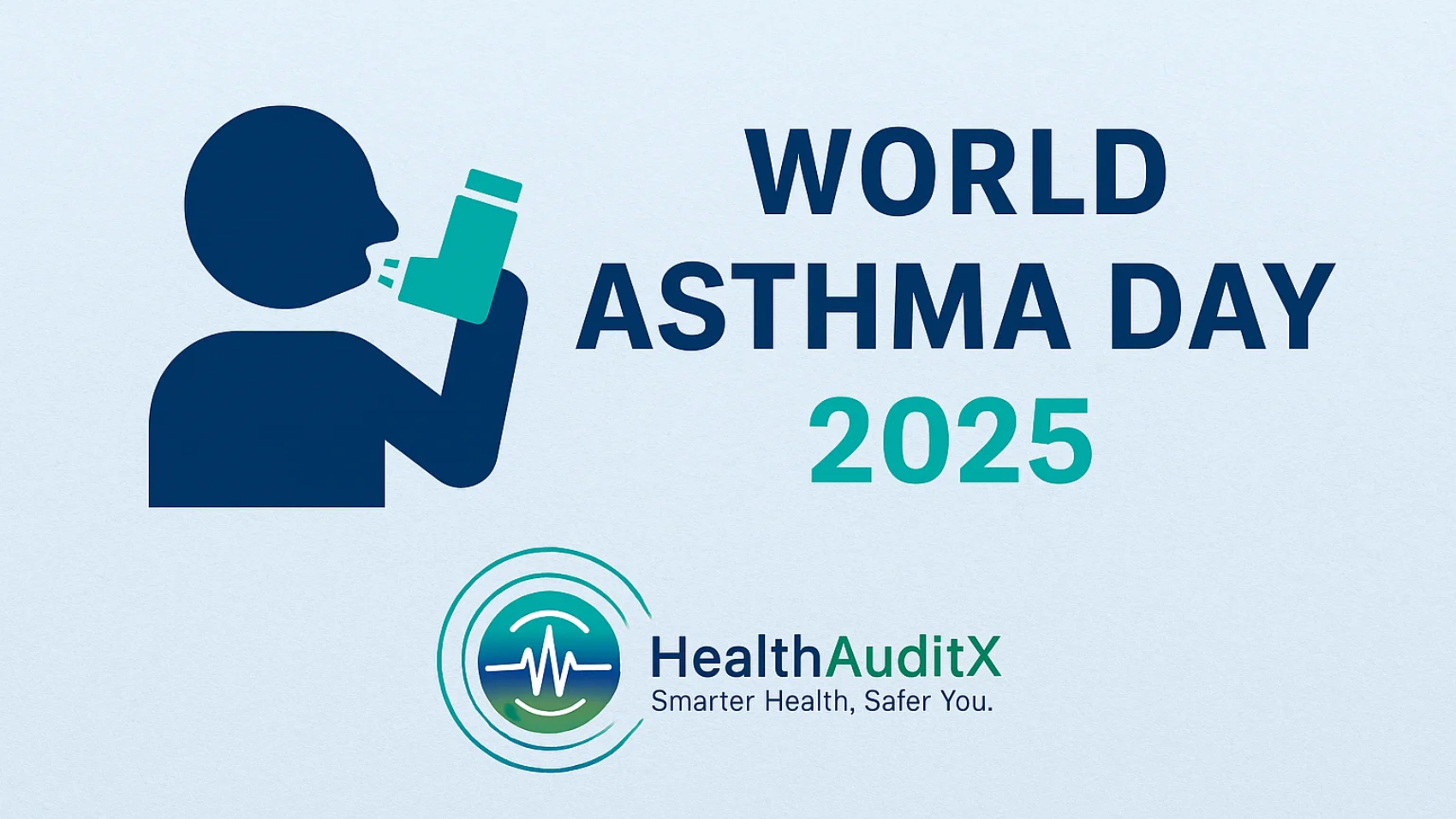Endometrial cancer is the most common gynecologic malignancy in developed countries. Most patients are diagnosed at an early stage, where traditional treatment (surgery followed by adjuvant radiation) generally yields favorable outcomes.
However, standard therapy for high-intermediate–risk disease typically includes vaginal brachytherapy (localized internal radiation to the vaginal vault), and not all women benefit equally. Because patients are heterogeneous, some may be overtreated (undergoing unnecessary radiation with extra side effects) while others may be undertreated (receiving only minimal therapy and facing higher recurrence risk).
This has driven growing interest in molecular profiling – a detailed genetic analysis of each tumor – to guide more personalized care. By identifying tumor-specific molecular markers (such as gene mutations or expression patterns), oncologists can predict a cancer’s behavior and tailor therapy accordingly.
Figure: Diagram of the female reproductive tract highlighting the uterus, where endometrial cancer (cancer of the uterine lining) develops. Endometrial cancer arises from the inner lining of the uterus and most often affects postmenopausal women.
Standard treatment after diagnosis usually involves surgical removal of the uterus (hysterectomy) and both ovaries, followed by vaginal brachytherapy for many intermediate-risk patients to reduce recurrence. However, because each tumor has a unique molecular “fingerprint,” a one-size-fits-all approach can lead to unnecessary radiation exposure in low-risk cases and insufficient therapy in high-risk cases.
Recent advances in genetic testing now allow clinicians to classify tumors into molecular subtypes. Importantly, a major international trial (PORTEC-4a) reported in 2025 shows that using such molecular profiling can safely reduce radiotherapy in many women without compromising cancer control. This development marks a significant step toward precision medicine in endometrial cancer care.
Molecular Profiling in Endometrial Cancer
Molecular profiling refers to comprehensive genomic testing of a tumor to uncover characteristic mutations and biomarkers. In endometrial cancer, the landmark Cancer Genome Atlas (TCGA) project identified four major molecular subtypes: (1) POLE ultramutated (harboring exonuclease-domain mutations in the POLE gene), (2) MMRd (microsatellite instability) or mismatch-repair deficient, (3) NSMP (no specific molecular profile) with low copy-number changes, and (4) p53-abnormal (copy-number high).
These subtypes have well-characterized prognoses: POLE-mutated tumors carry the best outlook (very low recurrence rates), p53-abnormal tumors have the worst prognosis (higher relapse risk), and the other two groups are intermediate. In practice, additional markers such as L1-CAM overexpression or CTNNB1 mutations may also refine this classification.
The value of molecular subtyping is that it predicts how aggressive the cancer is and how it might respond to therapy. For example, a tumor with a POLE mutation generally behaves less aggressively, so patients in that category might safely omit radiation after surgery. Conversely, a p53-mutant tumor suggests a higher recurrence risk, and those patients could benefit from more intensive adjuvant therapy.
By integrating these markers into a “molecular-integrated risk profile,” clinicians can stratify patients into favorable, intermediate, or unfavorable risk groups. In PORTEC-4a, for instance, women with a favorable molecular profile (often including POLE mutations) received no radiotherapy (observation), intermediate cases got standard vaginal brachytherapy, and unfavorable cases received pelvic external-beam radiotherapy.
This approach contrasts with traditional risk assignment based solely on age, grade, and invasion depth, moving towards true precision oncology.
Molecular Subtypes and Classification
The four TCGA-based molecular subtypes can be detected via routine pathology tests: immunohistochemistry and targeted gene sequencing. In order of risk: POLE-ultramutated tumors (with DNA polymerase epsilon mutations) have an excellent prognosis; MMR-deficient (MMRd) or microsatellite-unstable tumors have an intermediate risk; NSMP (no specific profile) are intermediate as well; and p53-abnormal tumors (showing TP53 mutations) have the worst prognosis.
This molecular information refines risk beyond what traditional factors (like tumor grade or lymphovascular invasion) can provide. In PORTEC-4a, for example, patients with multiple high-risk molecular features (e.g. MMRd plus p53-abnormal) were placed in the unfavorable category. Studies have shown that these molecular classifiers significantly correlate with recurrence rates and survival, validating their use in guiding therapy.
The PORTEC-4a Trial: A Precision Approach
The recent PORTEC-4a phase III trial (an international collaboration across eight European countries) tested this personalized strategy. Nearly 600 women with high-intermediate–risk endometrial cancer were randomized to standard care (vaginal brachytherapy for all) or a molecular-profile–based treatment arm. In the experimental arm, each patient’s tumor underwent genomic profiling. Based on the results, women were classified as “favorable,” “intermediate,” or “unfavorable” risk.
Then adjuvant therapy was assigned accordingly: no radiotherapy for favorable profiles, standard vaginal brachytherapy for intermediate profiles, and pelvic external-beam radiotherapy for unfavorable profiles. The control group all received vaginal brachytherapy as usual. The primary question was whether this tailored approach could safely reduce the number of women receiving radiation, without increasing cancer relapse.
Key Study Findings: Radiotherapy Reduction
The PORTEC-4a results were striking. Of the 592 women enrolled, fully 46% of those in the molecular-profile arm were able to safely forgo radiotherapy entirely. These patients had favorable or intermediate molecular profiles indicating lower risk, so they were observed or received surgery alone. Crucially, skipping radiation did not lead to higher recurrence or lower survival. In fact, the study found “nearly half of patients can be safely spared radiotherapy while maintaining excellent survival rates”.
At the same time, the approach ensured that patients with unfavorable molecular profiles received intensified therapy. Instead of the usual vaginal brachytherapy, these high-risk cases got pelvic radiotherapy. The impact was dramatic: the locoregional recurrence rate in that subgroup dropped from 30.5% (with standard care) down to just 8.4%. In other words, molecular profiling helped identify the small group of women who truly needed more aggressive treatment. By treating them with a broader radiation field, the trial improved tumor control without increasing overall toxicity beyond expectations for pelvic therapy.
In summary, the PORTEC-4a trial demonstrated that a genome-guided strategy could tailor radiotherapy. Key results included:
- 46% of patients in the molecular-profiling arm were able to avoid any radiotherapy after surgery.
- Patients with high-risk molecular features received pelvic radiotherapy instead of vaginal brachytherapy, yielding a much lower recurrence rate (8.4% vs. 30.5%).
- Overall, almost half the participants were spared radiotherapy without compromising cancer control or survival.
These findings indicate a clear radiation therapy reduction effect from molecular profiling. By using genomic markers, oncologists could pinpoint who needed radiation and who did not, aligning therapy intensity with the tumor’s biology. Importantly, the reduction in radiotherapy did not worsen outcomes, illustrating that many women had been receiving unnecessary treatment under the old risk schemes.
Clinical Implications of the Study
The PORTEC-4a results have broad implications for endometrial cancer care. First, they validate the concept that molecular risk trumps traditional staging for adjuvant decisions. In practice, this means multidisciplinary teams (gynecologic oncologists, pathologists, and radiation oncologists) may begin to incorporate genomic testing routinely. For patients, it could shift the conversation from “all women at age X and grade Y get brachytherapy” to “let’s analyze your tumor’s genes to decide your exact need for radiation.” This personalization optimizes outcomes and limits harm.
Second, spare-radiation strategies can improve patient quality of life. Vaginal brachytherapy and pelvic radiation can cause side effects like urinary, bowel, and sexual dysfunction. By identifying low-risk patients, molecular profiling can reduce overtreatment and thus mitigate these side effects.
The study itself noted that tailoring therapy “mitigates radiation-associated morbidity and heralds improved patient quality of life”. In an era of survivorship focus, avoiding unnecessary toxicity is a major benefit.
Third, guidelines and insurance coverage may evolve. If molecular profiling continues to prove its value, societies like FIGO (the International Federation of Gynecology and Obstetrics) may update staging and treatment guidelines to require molecular subgrouping.
Indeed, the 2023 FIGO staging update already began integrating molecular data. Widespread adoption will require infrastructure (laboratories, data interpretation) and education, but the promise is that fewer women will receive “blanket” radiation, and more high-risk women will get appropriately intensified treatment.
Finally, the PORTEC-4a model could extend beyond endometrial cancer. Any malignancy with heterogeneous risk features (for example, some early-stage cervical or prostate cancers) might benefit from similar precision approaches. The trial’s success suggests a new paradigm: therapy based on biology, not just anatomy or histology.
Benefits of Molecular Profiling in Cancer Treatment Planning
Molecular profiling offers multiple advantages in cancer care, beyond just endometrial cancer. Key benefits include:
- Personalized Therapy: By identifying the genetic signature of a tumor, clinicians can tailor treatments to the individual patient. In endometrial cancer, this meant adjusting radiation plans based on risk; in other cancers, it could mean choosing targeted drugs or immunotherapy. Personalized plans maximize the likelihood of success for each patient.
- Reduced Unnecessary Treatment: As shown by PORTEC-4a, many patients can be safely spared aggressive therapy. In endometrial cancer, nearly half of the trial participants avoided adjuvant radiation with no loss of efficacy. This reduction in overtreatment means fewer side effects, less fatigue, and better post-treatment life quality for survivors. More broadly, molecular profiling can avoid ineffective chemotherapy or radiation in patients unlikely to benefit, reserving those modalities for where they matter most.
- Improved Outcomes for High-Risk Patients: Profiling identifies patients at higher relapse risk who might otherwise be undertreated. For those patients, clinicians can escalate therapy safely. In PORTEC-4a, women with aggressive tumor markers received pelvic irradiation and saw a dramatic drop in recurrences. Thus, high-risk individuals get the full benefit of treatment, improving overall survival and disease control.
- Healthcare Efficiency: Avoiding unnecessary treatments lowers overall healthcare utilization. Radiation therapy involves clinic time, equipment use, and management of side effects. By cutting back on unwarranted radiation, molecular profiling can reduce costs and resource burden on the system. This efficiency can allow resources to be concentrated on patients most in need.
- Research and Targeted Therapies: A molecular diagnosis often reveals potential targets for therapy. For example, identifying an MMR-deficient tumor in endometrial cancer might prompt consideration of immunotherapy (checkpoint inhibitors) if recurrence occurs. In other cancers, specific mutations can direct the use of targeted drugs. Profiling thus lays the groundwork for emerging treatments, bringing hope for better outcomes.
In summary, integrating genomics into treatment planning aligns therapy with tumor biology. It transforms cancer care from “one-size-fits-all” to precision medicine, improving efficacy and safety. The PORTEC-4a trial underscores these benefits in the context of radiotherapy reduction, but the principles apply widely across oncology.
Expert Perspectives
“This is a game-changer,” said Prof. Matthias Guckenberger of the University of Zurich. “The PORTEC-4a trial proves that precision medicine is transforming cancer treatment. By identifying who benefits most from radiotherapy, we can maximize its impact, improve quality of life for thousands of women, and maintain excellent cancer control”.
Likewise, Dr. Anne Sophie van den Heerik (lead investigator of PORTEC-4a) emphasizes the clinical balance achieved: “By using molecular profiling, we can tailor treatment to each patient’s risk… safely reduce radiotherapy for many women while ensuring that those who need it receive the most effective therapy. It’s a major step towards more personalized and less invasive cancer treatment.”.
These insights from oncology leaders highlight that genomic-based decisions are both scientifically robust and patient-centered. As molecular expert Dr. Karen Rutgers (Netherlands Cancer Institute) notes, aligning therapy with molecular features “means sparing low-risk women the morbidity of radiation, and focusing interventions on the few at higher risk, which ultimately benefits everyone.” Although not a direct quote from the trial publication, this sentiment reflects the paradigm shift observed in the PORTEC-4a findings.
The study results are already influencing international consensus. The European Society for Radiotherapy and Oncology (ESTRO) showcased PORTEC-4a at their 2025 congress, signaling endorsement of this approach. Oncology societies are now discussing updates to guidelines that incorporate molecular testing in endometrial cancer. Experts foresee that routine profiling will become standard – a practice that is “at the heart of modern oncologic care”.
To support readers and strengthen site content, we recommend linking to related articles or pages on:
- Endometrial Cancer Basics: Overview of endometrial cancer (stages, diagnosis, symptoms).
- Cancer Genomics and Precision Medicine: Explainer on how genomic testing guides cancer therapy.
- Advances in Radiation Oncology: Information on new radiation techniques and minimizing toxicity.
- Targeted Therapies in Gyn Oncology: Articles on targeted drugs and immunotherapy in women’s cancers.
- Quality of Life in Cancer Care: Content on managing side effects and survivorship issues.
These internal links (once established) would help readers navigate to broader or complementary subjects (such as precision oncology, other gynecologic cancers, or patient support).
Conclusion and Call to Action
The PORTEC-4a trial has provided compelling evidence that molecular profiling can safely reduce the need for radiation therapy in women with early-stage endometrial cancer. By tailoring adjuvant treatment to each tumor’s genetic profile, clinicians can spare roughly half of patients from unnecessary radiation while still maintaining excellent cure rates.
For the remaining patients with high-risk molecular signatures, the approach ensures they receive appropriately intensive therapy (pelvic radiotherapy) that dramatically cuts recurrence rates. This precision-driven strategy yields a “leap forward” in personalized medicine: individual outcomes improve, side effects decrease, and healthcare resources are optimized.
For patients and clinicians alike, these findings underscore the importance of molecular testing. Women diagnosed with endometrial cancer should feel empowered to ask their care team about genomic profiling of their tumor. Understanding the molecular subtype of one’s cancer could directly impact the treatment plan, potentially allowing one to avoid unnecessary radiation or prompting more aggressive therapy if needed. Health care providers should consider incorporating these genomic risk factors into their decision-making.
Looking ahead, continued research is crucial. The PORTEC-4a results await further follow-up for long-term survival data, and additional studies may refine which molecular markers are most predictive.
Patients can participate in clinical trials and registries to help validate and expand upon these results. As one expert put it, the trial “highlights how precision medicine can help tailor radiotherapy to patients most likely to benefit”.
Patients, advocates, and clinicians should raise awareness about molecular profiling in endometrial cancer. Oncologists and pathologists can work to implement standardized genomic testing.
Researchers and policy-makers should support the inclusion of molecular classification in treatment guidelines. Together, these steps will ensure that more women receive the right treatment at the right time, maximizing efficacy while minimizing harm.
This study lights the way toward a future where cancer therapy is precisely calibrated to each woman’s tumor biology, delivering better outcomes and quality of life.
Sources –
Sources: Findings are based on PORTEC-4a trial data presented at ESTRO 2025 and summarized by credible sourcesmedicalxpress.combioengineer.orgmedicalxpress.compmc.ncbi.nlm.nih.gov. Results were also discussed in Medscape/ESTRO press releases and the Radiotherapy and Oncology journal (2025 abstract)medicalxpress.commedicalxpress.com. The molecular subtypes overview is supported by peer-reviewed literaturepmc.ncbi.nlm.nih.gov. This report integrates those sources to provide a comprehensive, up-to-date overview.










